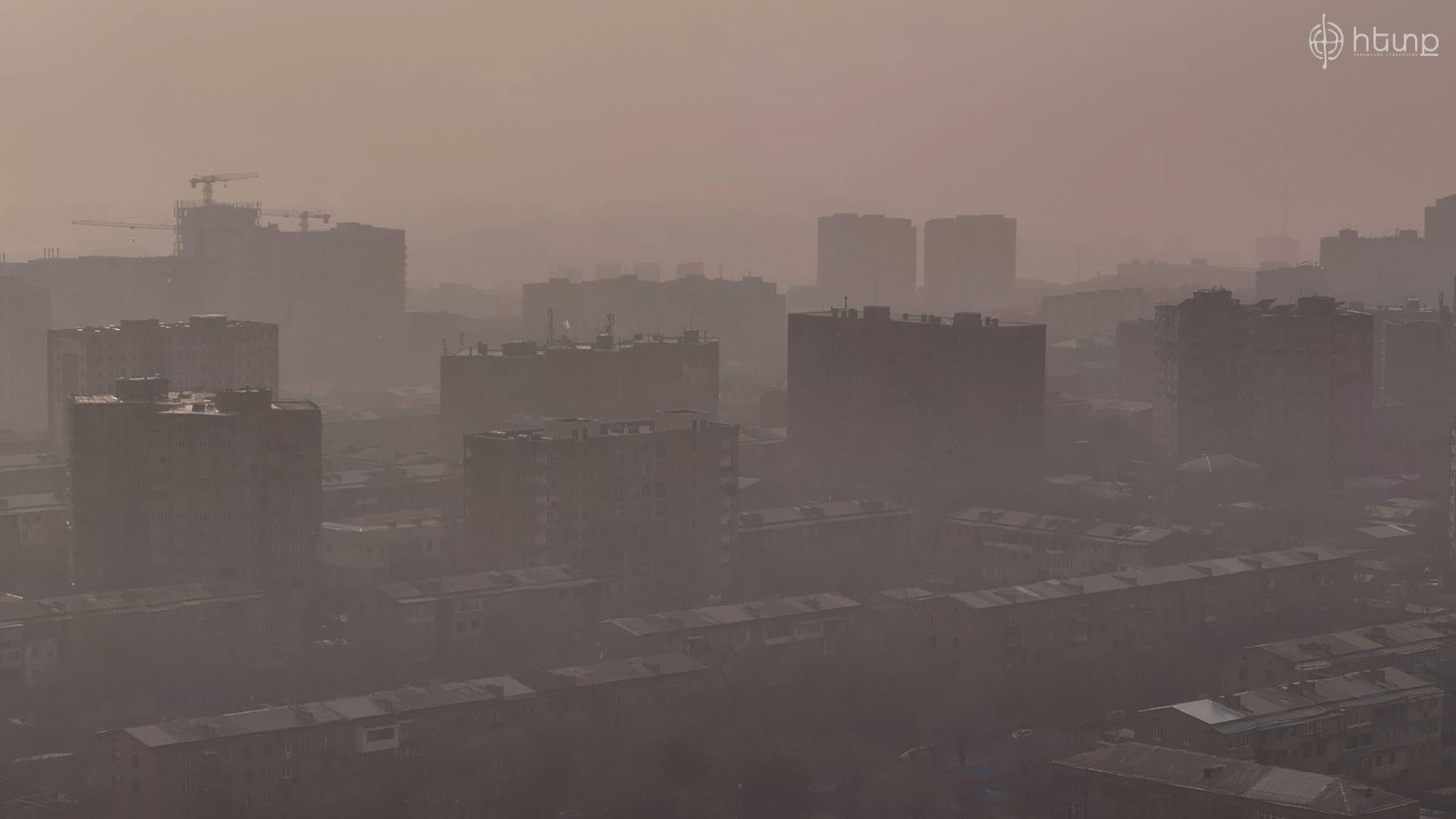
Yerevan’s Air Pollution Problem: City Authorities Contest Disturbing International Data
Rupen Janbazian moved to Armenia from Toronto, Canada, with his wife in 2020. He says they knew the air in Yerevan wasn’t that clean, but the situation was more serious than they imagined. They felt the difference right away. After moving, Rupen downloaded an app that shows air quality to track what he was breathing.
“Every time the little avatar in the air quality app updated—showing the figure wearing progressively heavier masks, sometimes even a gas mask—it scared us. There were times when the app even instructed people not to leave their homes unless absolutely necessary,” says Janbazian.
While he understands that several factors affect Yerevan’s air quality, from its geographical location to transportation emissions and construction, he’s surprised that people don’t talk about it or act accordingly. He finds the indifference of the authorities in charge of such issues unacceptable.
Janbazian recently installed an air pollution measuring device on his balcony. He explains that it is not just for personal awareness, but for systemic change and pressure.
Many people have also installed various air monitoring devices in their homes or workplaces. Their stories are different, the only concern is one: breathing is getting harder, and no one says what to do.
Yerevan Municipality doesn’t accept international data
Conversations about Yerevan’s air pollution have intensified on social networks of late. Some people say that you should leave the house with a respirator, pointing to the data of international hydrometeorological platforms.
For months, Yerevan Mayor Tigran Avinyan has denied rumors about the capital’s air pollution, saying that they are fables. He said that the devices installed at construction sites at the request of the municipality show something different.
“To be honest, I also came across a website some time ago that provided horrifying, frightening information that we are among the worst cities in terms of air pollution. I want to assure you that this is not true,” Avinyan stated about a year ago.
Social media is spreading data from the Swiss IQAir website. After Avinyan’s statement, Hetq monitored the indicators of both the Clarity company devices installed by the municipality and IQAir. According to both sources, the level of air pollution in the capital was above average during the same period.
Gorik Avetisyan, Deputy Head of the Yerevan Municipality’s Department of Environmental Protection (DEP), says that the equipment providing the data presented on the website is not professional and that the margin of error can reach 40%.
Lilit Harutyunyan has been monitoring air pollution indicators for many years. She has an air quality measuring device in her home. She admits that not all devices are effective, the good ones are expensive, but she doesn’t think that all of them can show the wrong thing.
“Do they all show the wrong thing? Don’t we see what we breathe? Don’t we see that fog? Don’t we feel it impact our health?” asks Harutyunyan.
She remembers that in 2022, Armenian PM Nikol Pashinyan ordered his administration to take steps to solve the problem of air pollution. She says that years have passed, and air quality has only worsened.
“The only step taken towards this problem by the municipality is the installation of air quality monitoring devices in different communities of Yerevan. We are incredibly grateful. We can now log in every day and track online how we are all being poisoned,” says Harutyunyan.
The municipality no longer denies that their devices also show elevated levels of pollution, but they offer different explanations.
“Our data until November showed that even in the most polluted hotspots, dust emissions did not exceed the limit values for PM2.5 and PM10. Since November, we have also been showing exceedances. This is not some unprecedented phenomenon. It happens every year. It is more due to atmospheric conditions and Yerevan’s geographical location,” says Yerevan DEP Deputy Head Avetisyan.
Avetisyan explains that the dust emitted during the winter months accumulates, rather than being neutralized, and leads to high pollution numbers depending on weather conditions.
Laboratory studies show that Yerevan's air is polluted with dust
The Yerevan Municipality urges people to only follow official data published by the environmental ministry’s Hydrometeorology and Monitoring Center which analyzes the make-up of air pollutants in laboratory conditions.
The data show that the capital is polluted with whole grain dust. In 2024, the dust content in Yerevan's air was lower than the maximum permissible concentration for only fifty-one days.
During the first three weeks of January 2025, the dust content was above the norm on all days.
“In the 1980s, when the monitoring system was created, the goal was to assess the air quality of Armenia during the era of industrial development. In those years, of course, atmospheric air pollution was much higher and is incomparable with the air pollution of today. It’s just that other indicators were high then, related to factory emissions, and now they are different,” says Gayaneh Shahnazaryan, Deputy Director of the Hydrometeorology and Monitoring Center, a state non-commercial organization operating within the Armenian Ministry of Environment.
Shahnazaryan emphasizes that air pollution is a complex system, numerous factors affect it, and monitoring methods they now use don’t provide them with accurate ways to assess the make-up of Yerevan’s current air pollution.
“It is not just one source that we can evaluate and say that this source has caused so much atmospheric pollution in the environment. With our methods, we do not have the opportunity to measure more indicators,” says Shahnazaryan.
Today, monitoring determines the content of dust, sulfur dioxide, nitrogen dioxide and ground-level ozone in the air. The main problem in Yerevan is dust.
The Monitoring Center does not yet inspect the content of fine dust particles in the air, PM2.5 and PM10. With the sampling methods implemented, it is possible to obtain a weekly or daily average number for whole-grain dust. This is the reason they cannot refute or confirm the data presented on international platforms.
According to World Health Organization guidelines, all countries should measure the concentration of fine dust particles in the air. These are the most dangerous pollutants that can penetrate the human respiratory system and pass into the bloodstream.
Pulmonologist Arpineh Chobanyan says clinical guidelines for several diseases indicate that these particles can be the cause of both the disease and its aggravation.
She says the most common disease among adolescents and children is asthma, while chronic obstructive pulmonary disease prevails among adults.
The specialist sees the consequences of air pollution firsthand. Worried about her child’s constant coughing, she decided to install an air quality monitoring device at home. She will follow the data shown by the device to determine when it is not safe going out.
“Maybe doctors should talk about it more. Society should be more attentive, but the problem requires a solution, because it simply cannot be ignored. After all, this, if not now then in a few years, will affect the health of our general population,” says Chobanyan.
Yerevan’s air pollution isn’t a new problem
“Yerevan’s air is polluted, and that’s nothing new. Back in the Soviet Union, Yerevan was distinguished by its high level of air pollution,” says Lilit Sahakyan, Director of the Director of the Center for Ecological-Noosphere Studies (CENS) at Armenia’s Academy of Sciences.
“Yerevan is one of the unique cities in the world that has a history of almost forty years of geochemical research, which has allowed Yerevan to be described in scientific literature for more than twenty years as an anthropogenic, technogenic biogeochemical region that is saturated with one or another potentially toxic element,” says Sahakyan.
She emphasizes that science is based on facts. At the CENS, unlike the Hydrometeorology and Monitoring Center, sampling is conducted not directly from the air, but from surfaces that collect pollutants.
“It gives a more objective and realistic picture because what is hanging in the air can be carried away by the wind, falling somewhere else. This is a scientific method where we observe dust on a leaf, on the street,” says Sahakyan, adding that one must also address the social problems caused by air pollution.
“These solutions exist, but they are expensive and require willpower,” she notes.
Sahakyan notes that when pollution indicators turn red, cities in other countries take steps like closing schools or factories and advising people to wear face masks.
“Unfortunately, our early warning and response system doesn’t work well. At best, it tells us that we breathed polluted air the other day. This doesn’t help us,” says Sahakyan.
After the precipitation in late January, Yerevan’s air had noticeably cleared. All the links in the monitoring system confirmed this. Sahakyan emphasizes that we cannot say that Yerevan’s air is polluted every minute, but the environment has pollution problems.
“It is impossible to change the laws of climate and physics. Winter will always come, followed by summer. If we don’t fight the sources of pollution, the problem will always be there. The atmosphere exacerbates these problems, but there are human-caused factors, and we are not fighting against them. What can we do now? Should we tell people not to breathe the air, that it’s winter and it will pass?” asks Lilit Sahakyan.
What to do before next winter
In December 2024, Yerevan Mayor Tigran Avinyan instructed the Environmental Protection Department to develop a four-year comprehensive program within two months, presenting what steps the Yerevan Municipality should take to improve air quality.
“The part of air pollution that is human-caused is where the municipality has something to do. A four-year program should be developed that will include general conceptual proposals from the point of view of improving air quality: tree planting, forestation with clear numerical indicators, certain restrictions on the operation of old cars in Yerevan, which are major pollutants, and a number of other areas in which the Yerevan Municipality has the authority to take effective steps,” Avinyan said at the time.
The Hydrometeorology and Monitoring Center has acquired two automatic observation stations, at a cost of $755,000, to be installed in Yerevan in the first quarter of this year.
They will provide real-time air pollution levels and make forecasts. The density of fine dust particles in the air will also be determined. Where the stations will be installed isn’t known.
The municipality believes that with the launch of new observation stations, it will be possible to see the real picture of air pollution in the city and then decide whether people should wear facemasks.
 Videos
Videos Photos
Photos
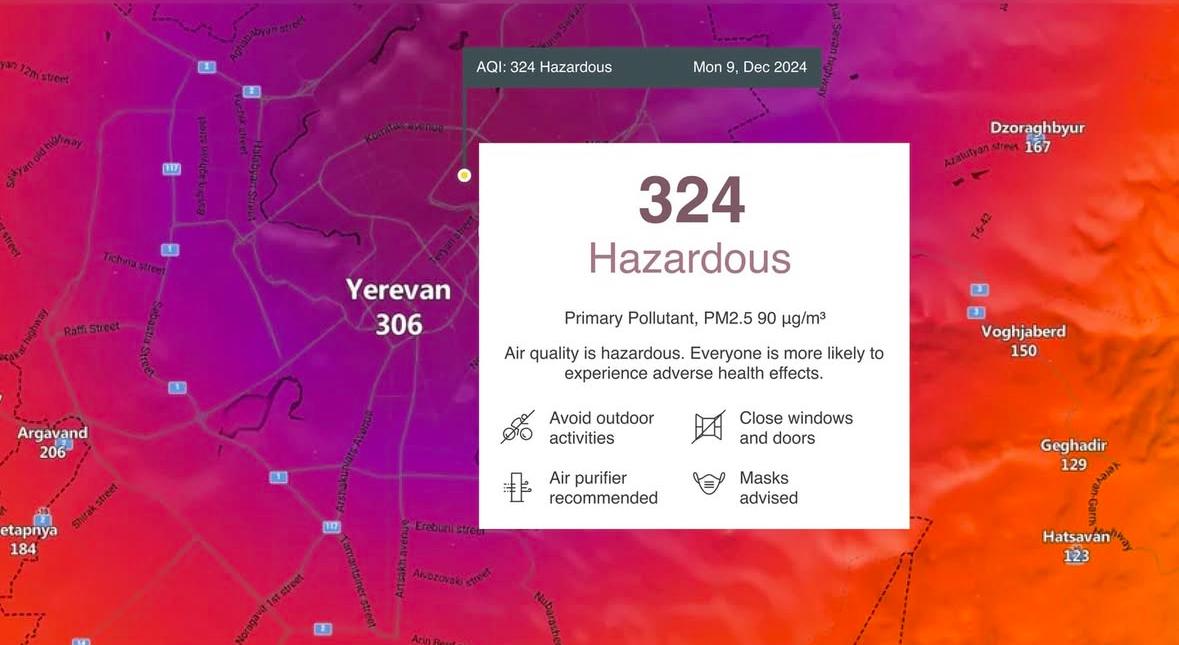
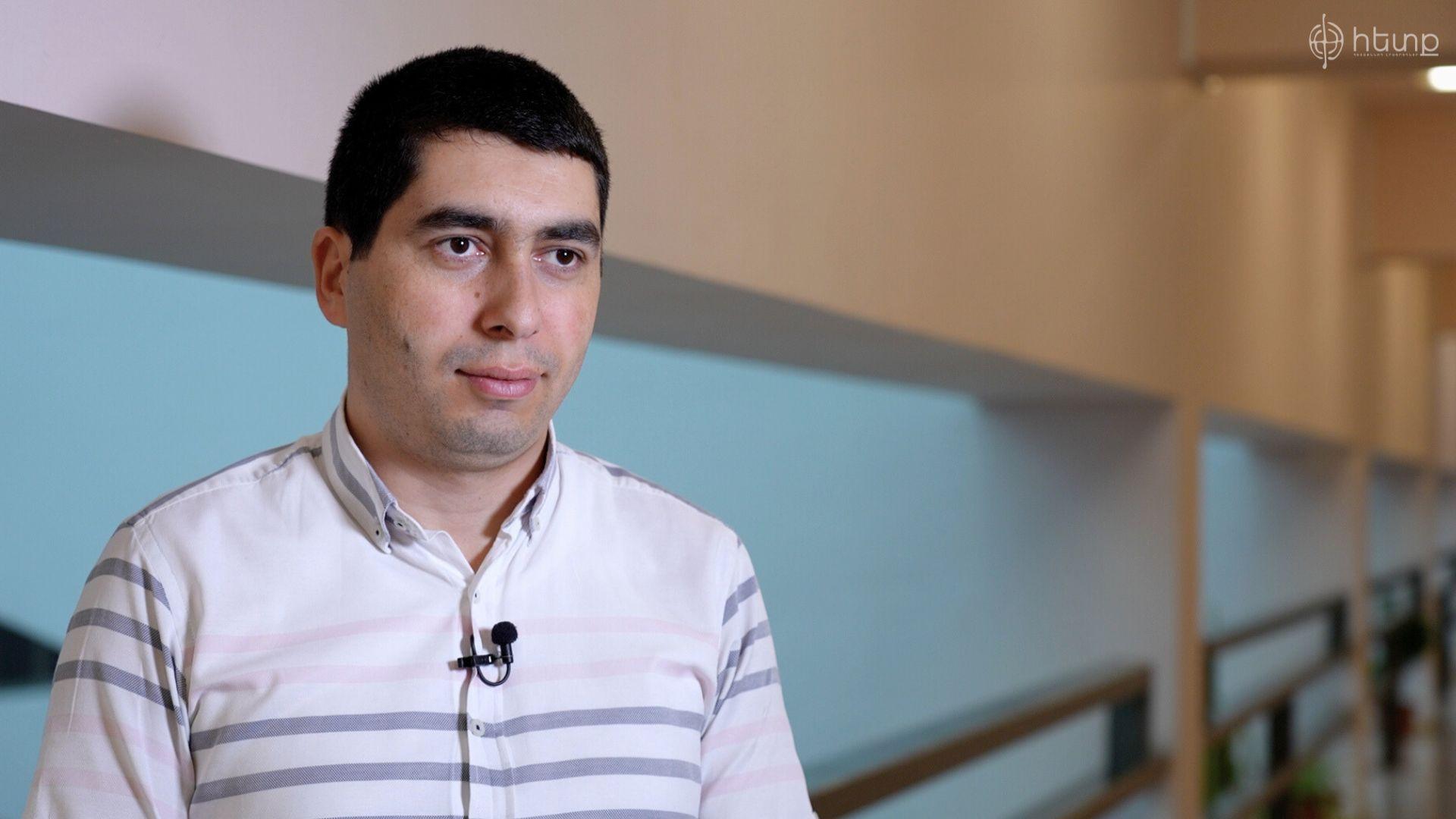
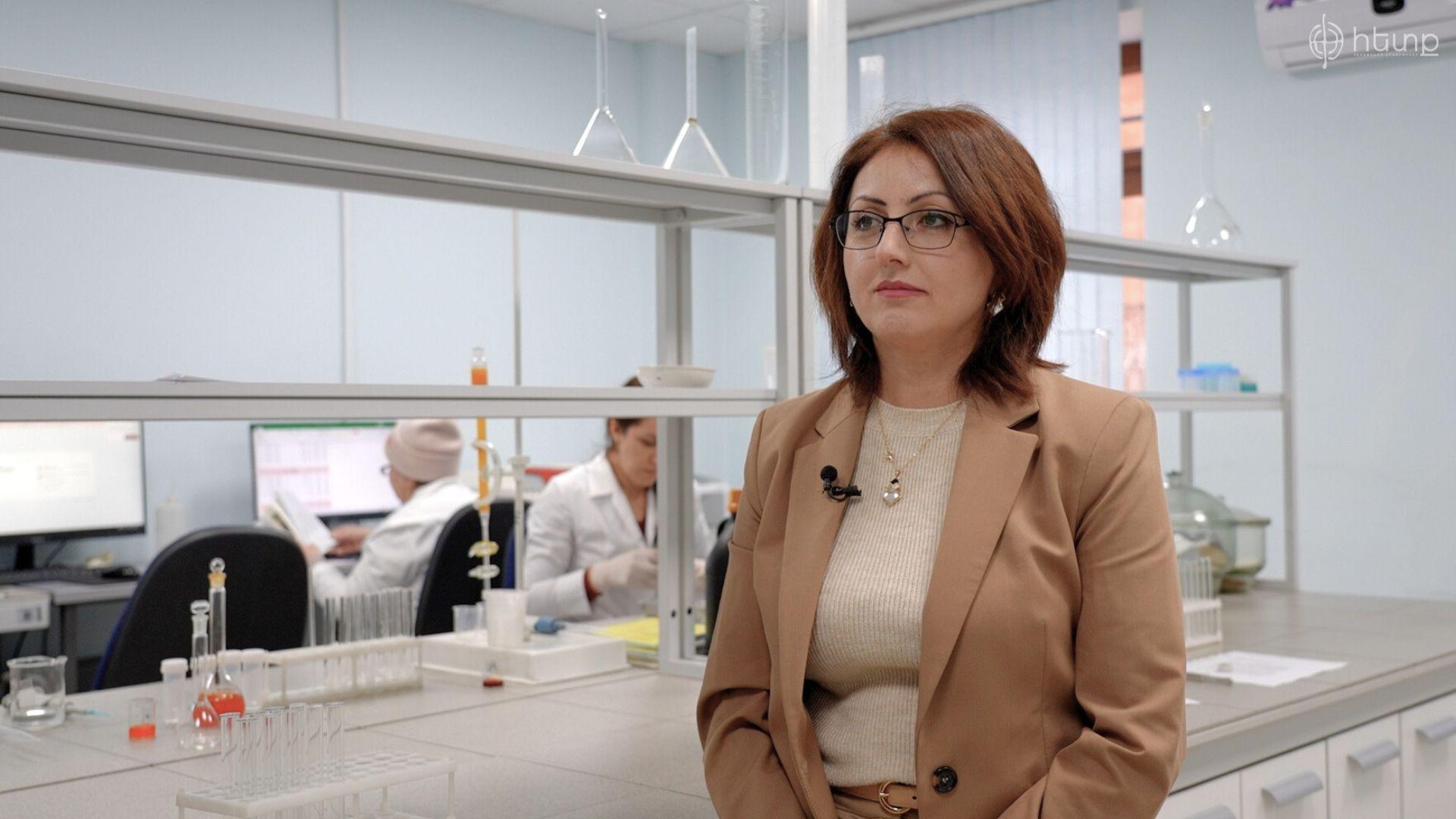
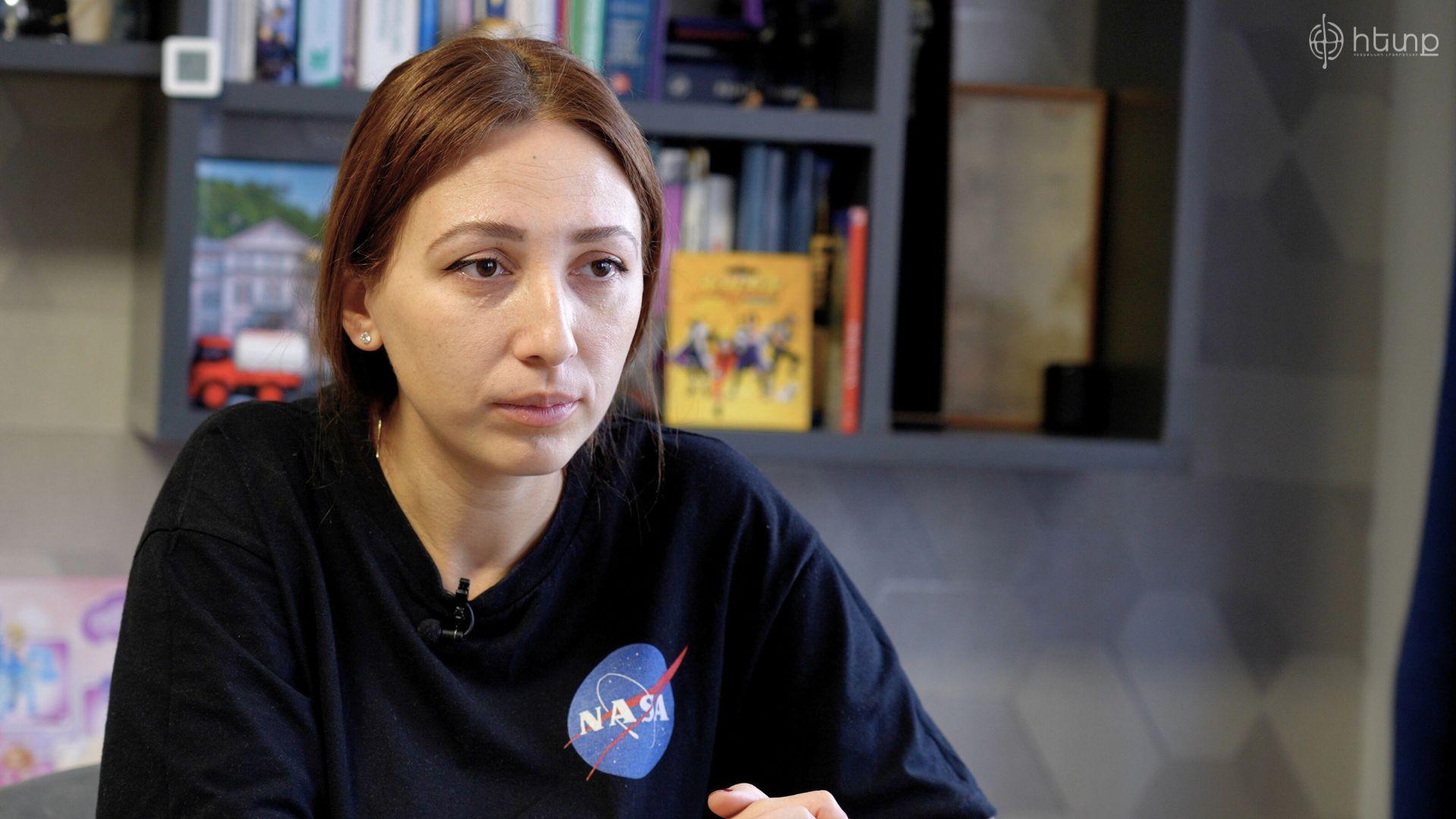
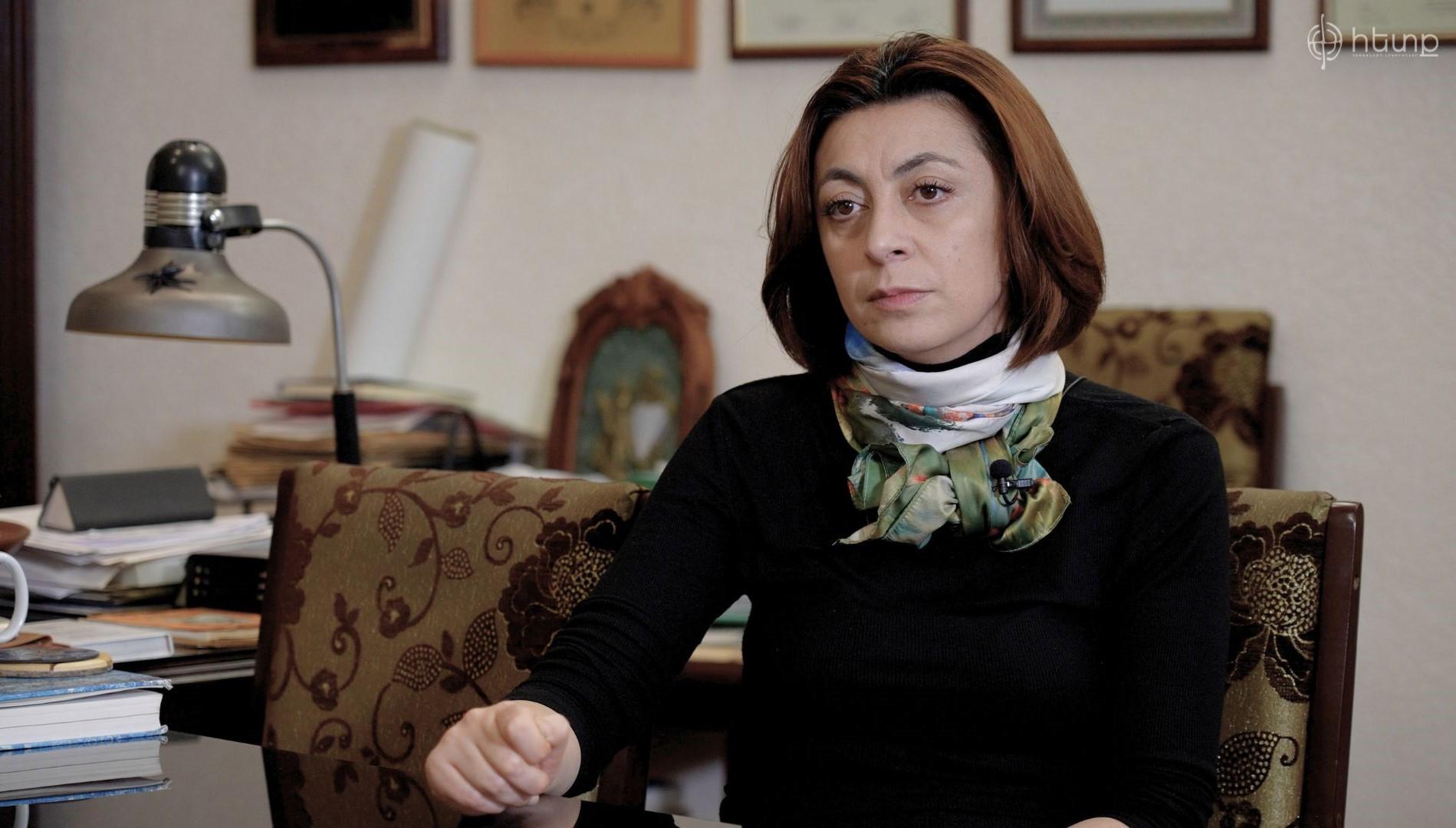
Comments (2)
Write a comment